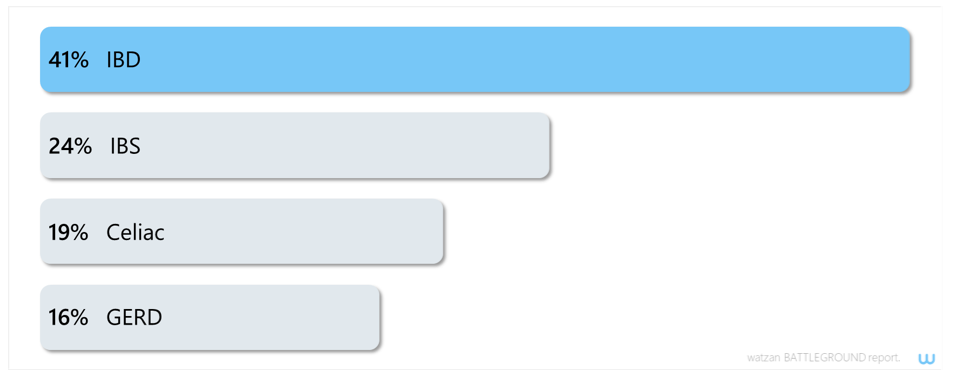Data as Media: A New Opportunity for Marketers
This blog discusses the benefits of the pharma industry adopting the idea that media is data.
You love data. It fills your dashboards. It’s a focal point of your strat calls. Data: gauges your successes; informs your investments; and, segments your audiences.
You know who else loves your data? Your customers.
I know, you’re squinting a little and thinking, “Really? I’m not sure… convince me.”
As a customer, you see data all the time. Emphasis on, “See.” You see, data is media.
Did you watch the Super Bowl? All those stats, all over the field… data. NBC used data to enhance your media experience.
Now, they’re making obscure winter Olympic sports a little more accessible. Wind speed is data. By putting wind speed arrows on a ski hill, NBC shows you why it’s hard to jump off a 300-foot high ramp.
One day, you might see this story on Twitter. See those little buttons that count likes and replies? That’s data. Those markers make it easier to discover your relevant media.
On TV, data adds color to the commentary. On social platforms, data defines the “hot sports.” Putting your data with your media creates value for your customers. And, that makes them happier.
ⶠEnhanced experiences
ⶠMore accessible media
ⶠImproved discovery
ⶠValue
ⶠHappy customers
Those are buzz words you hear bandied about by gurus at ePharma and Digital Pharma.
You thought they were pie in the sky. Or, worse, unattainable.
Turns out you can do all those things with data. Data you probably already have!
Here is where you do the V8 slap (from the 1977 commercial) and post, “TFW you have a winning lottery ticket and forgot to check the numbers.”
It’s been 51 years since Marshall McLuhan-Canadian professor, philosopher, and public intellectual devoted to media theory-talked about a global community. Connected. By electronics. Where the medium is the message. Not to go all McLuhan on you, but today, data is media.
Here is a simple way pharma can apply his brilliance.
You have an IBD (irritable bowel disease) product. Surely, you track how IBD trends as a topic against IBS, GERD, and Celiac Disease-among other conditions. Normally, you want this information to know your marketing is working.
You get this data from hashtag use on Twitter. Or, from search term use on Google. Or from a tool you built to catalog this information in real-time from a conference floor. Or you have a CRM system that pulls survey data from your field force.
Now, say your customers are going to a big meeting, such as DDW (Digestive Disease Week). It’s the perfect time to share your data to deliver value.
Your data tells you IBD is trending more IBS or GERD. Don’t hoard your data. Share your knowledge.

Email, “IBD is the trending at DDW” to your customers. Broad value-check.
Dr. David Rubin is one of your KOLs. He’s also a digital influencer and a leading IBD doc. So, tweet it out. See if he picks it up. Social strategy-check.
If you don’t have a tool that collects data, no biggie. Count “likes” for things such as sessions, topics, and KOLs. Your customers want those insights.
Just like you, they love data.
Data as media. It’s a new (and, shockingly inexpensive) way for you to deliver value, enhance experiences, and aid discovery.
Charles Benaiah
is CEO at watzan. He can be reached at charles@watzan.com
Is Artificial Intelligence a ‘Product’? Products Liability Implications for AI-Based Products
April 10th 2025As the physical products we use evolve to become increasingly complex, traditional products liability frameworks may not always fit to provide remedies for harm that can result from using novel product types.